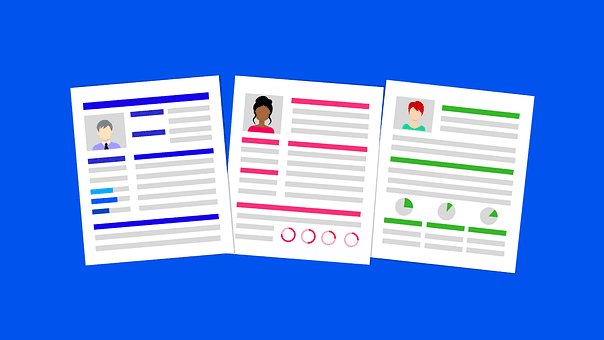Exit Interviews
Exit interviews are designed to tell employers why the employee is leaving and whether the company can do something to retain them or prevent others from leaving.
But when you talk to employees, the popular narrative is: ‘When it comes to exit interviews, the general rule is if you don’t have anything nice to say, don’t say anything at all. You don’t want to burn bridges, you don’t want to create grievances. The risk of offending people is just too high, and that’s a missed opportunity.
5
97 reads
CURATED FROM
IDEAS CURATED BY
“No one can whistle a symphony. It takes a whole orchestra to play it.” - one of my favourite quotes about teasm, by Luccock
The idea is part of this collection:
Learn more about artsandculture with this collection
How to develop a growth mindset
How to think creatively and outside the box
How to embrace change
Related collections
Similar ideas to Exit Interviews
Creating future opportunities in job interviews
Job interviews are an opportunity for employers to find whether you're a good match for them, but it is also your time to see if the role is a good fit for you.
When you are sure the answer is "no", you can simply back out, or you can see it as another networking opportunity
Productivity and priorities
One nice thing about the “one-minute rule” is that you don’t have to think about priorities, because you do anything that presents itself, right away.
And your productivity will shot up because you get so many little things got done quickly, so you'll have more time for the bigger...
Handling People
- Don’t criticize, condemn or complain. People learn faster and retain knowledge more effectively when rewarded for good behavior than punished for bad behavior.
- Give honest and sincere appreciation. The only way to get a person to do anything is by giving them what they...
Read & Learn
20x Faster
without
deepstash
with
deepstash
with
deepstash
Personalized microlearning
—
100+ Learning Journeys
—
Access to 200,000+ ideas
—
Access to the mobile app
—
Unlimited idea saving
—
—
Unlimited history
—
—
Unlimited listening to ideas
—
—
Downloading & offline access
—
—
Supercharge your mind with one idea per day
Enter your email and spend 1 minute every day to learn something new.
I agree to receive email updates
